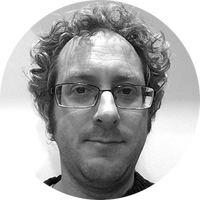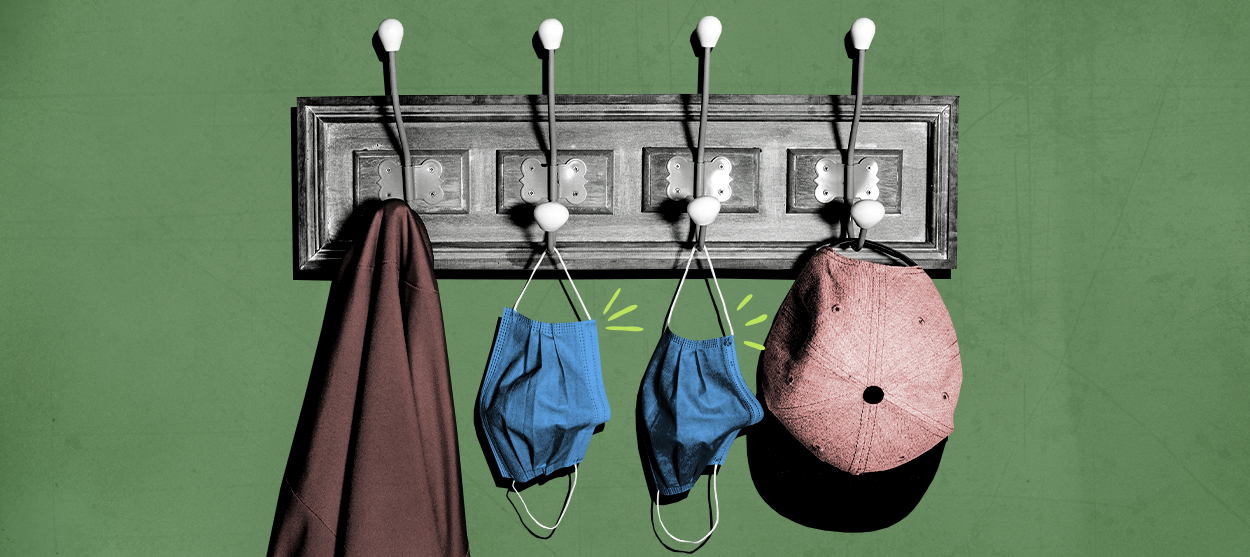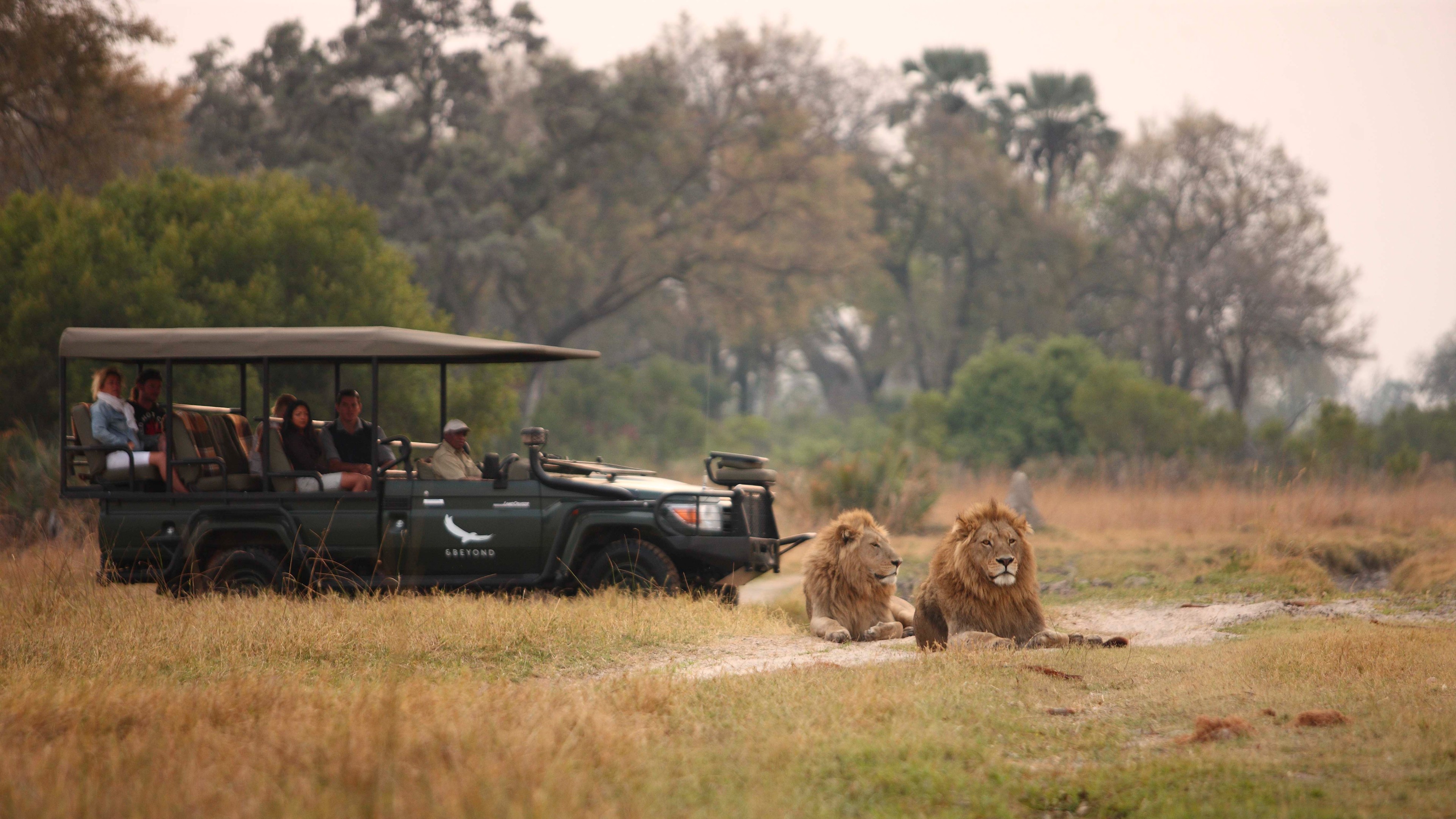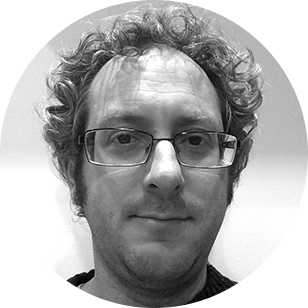Is the new COVID normal preventing us from getting back to life?
How our desire for normalcy is prolonging the pandemic


When will we finally get back to normal?
As we roll through the one-year anniversaries of the COVID-19 pandemic, that's the question I keep asking myself and others. We all mean different things by our answers — when will kids be back in school full time; when will we not have to wear masks indoors; when will Broadway be open again (that's my personal benchmark) — but we all mean the same general thing: When can we stop thinking about COVID?
I understand the question — I ask it myself. But I think it might be the wrong question. Indeed, I think the formulation highlights a way in which our desire for "normalcy" has inhibited the very return to a fuller life that we all seek, encouraging us to take risks that we shouldn't and avoid risks that we should be willing — even eager — to take.
The Week
Escape your echo chamber. Get the facts behind the news, plus analysis from multiple perspectives.

Sign up for The Week's Free Newsletters
From our morning news briefing to a weekly Good News Newsletter, get the best of The Week delivered directly to your inbox.
From our morning news briefing to a weekly Good News Newsletter, get the best of The Week delivered directly to your inbox.
"Normalcy" is, by definition, a way of life that feels stable and sustainable. It doesn't mean that way of life is optimal — it means what we're used to, what we don't really have to think about. What we're trying to minimize, when we talk about "normalcy," is the mental stress of dealing with change, and the constant decision-making that requires.
It's easy to understand the resistance to various COVID restrictions in that light. These restrictions were impositions, demands that we change our behavior — and they had profound personal costs in terms of social isolation and economic dislocation. Moreover, these restrictions were not only open-ended but repeatedly revised as we learned more about how the virus is transmitted (initially assumed to be via contaminated surfaces, later understood to be almost exclusively through the air). It's not surprising that, in the face of what could look like public confusion, many people preferred to try to live as "normally" as possible even when the consequence of their living "normally" was to prolong the pandemic itself.
But, after a year of living with the virus, I fear that our adaptations have created a new "normalcy" that itself is inhibiting our return to a fuller life. We now know what it is like to live under the shadow of COVID. To get out from under that shadow, we need to change.
Consider the problem of vaccine hesitancy. In the initial rollout, significant percentages of those offered the vaccine — active-duty military, nursing home workers, front-line health-care workers, etc. — refused. The proportion of the population that is willing to get vaccinated has increased over time — from 34 percent in late December to 47 percent in late January (the latter including those already vaccinated) — but that's still a very large hesitant population. Hesitancy is higher among Black and Hispanic Americans than among white and Asian Americans, among rural and Republican-leaning people than among urban and Democratic-leaning ones, and among the young than the old — but the numbers are high enough across the overall population that they pose a potentially serious obstacle to truly defeating the virus.
A free daily email with the biggest news stories of the day – and the best features from TheWeek.com
Why is hesitancy so high? One can point to specific reasons for different groups — Black distrust of a health-care system that has frequently ignored or mistreated them and used them as guinea pigs; Republican distrust of public health authorities for political bias. The public health messaging around vaccines has been terrible generally, emphasizing minor concerns rather than the safety, effectiveness, and urgency of the vaccination effort.
But I believe one large factor looming behind all these reasons is simply that COVID has become normal, while the vaccines are still new. Whether we're flouting the rules or abiding by them assiduously, whether we've gotten sick or not, we as a society have adapted to life under COVID's shadow. And while half of us are jumping at the chance to get vaccinated, the other half are willing to wait and see. It's preferring the devil we know to the angel we don't.
That problem — assessing risks incorrectly by privileging the known status quo — isn't just a problem for those resisting restrictions or inoculation.
Consider the ongoing struggle to reopen schools. A year ago, it was very unclear whether schools might be important vectors for COVID transmission; closing them then was prudent. But in much of the country — including places where schools are still closed or operating on a minimally-in-person hybrid schedule — restaurants are open, retail stores are open, even sports arenas are opening. These venues are all important to the economy and to our sense of normalcy, but none are as important to public welfare as education. Meanwhile, more and more evidence has accumulated that schools are not important vectors of transmission, and the CDC is now stating clearly that schools should be able to open even before teachers are vaccinated.
So why is reopening schools still a struggle? It's easy to blame the teachers' unions, who have generally stood against reopening while community spread of the virus is still material, but it's not clear this stance is in the teachers' or the unions' own rational interest. Zoom education and, even more so, hybrid education place an enormous strain on teachers. Teachers are generally deeply committed to the mission of education, and are aware they are losing the students who most need them as attendance falters and attention wanders. Nor can the unions be blind to the potential political and budgetary consequences of wealthier parents abandoning closed public schools in favor of open private ones.
The uncomfortable fact for those (like me) who believe that public schools should have reopened long ago is that many polls show the public trusts the views of teachers on this subject, and that parents are roughly as hesitant to reopen as teachers are. I believe part of what's going on behind the scenes is something similar to what's going on with vaccine hesitancy: a privileging of a status quo that, though it should be unacceptable, has become normal. We're not truly reckoning with the costs of keeping schools closed, because we're used to those costs. And so the question becomes "is it safe to open schools?" rather than "is it so dangerous that schools should be closed?"
This status-quo bias may also be at work in our public health infrastructure, and may have played out in multiple detrimental ways in the effort to get the country vaccinated. The priority in that effort should, overwhelmingly, be to vaccinate as much of the country as possible as quickly as possible. Safety is vital, but what really takes time with vaccines is determining effectiveness — and spending time, in the midst of a pandemic, costs lives.
For this reason, libertarian-minded critics of the FDA have argued that we should have used challenge trials — where people volunteer to be exposed to the virus after inoculation with an unapproved vaccine — to speed that process up, but lower-hanging fruit is available. The AstraZeneca-Oxford vaccine, for example, has still not been approved for use in America even though it is approved and in use in many other countries, including European ones that have an equally-stringent approval process. And the evidence continues to accumulate that the mRNA vaccines are highly effective after a single dose, and that the second dose could be provided much later when vaccine supplies are more abundant. If we really wanted to stop the pandemic as quickly as possible, we'd surely be more aggressive in deploying the medical tools that are already available and already shown to be safe and effective.
We aren't doing that largely because of the conservatism of the regulatory bodies responsible for approving such deviations from protocol. That conservatism is a healthy thing in normal times — but the pandemic is not normal times. Or, rather, it shouldn't be, but it has come to be. I cannot help but suspect that this is one of the reasons why, instead of asking "how can we stop the pandemic most effectively?" we're asking, "how sure are we that we can change our protocols?" But by keeping the costs of the pandemic itself out of the calculation, we may prolong the pandemic and expand those costs.
I don't want to get back to normal. Some changes from COVID will linger — maybe we'll keep masking on the subway forever; maybe Zoom will remain a way to stay connected with far flung friends and family; maybe asynchronous instruction will finally expand the reach of America's elite higher education.
But I want to get back to life — the largest, most expansive, freest life that I can bring myself to lead. I want that for myself, I want it for all the rest of us, and I want it as soon as possible. And in our current circumstances, I think impatience might be a virtue.
Noah Millman is a screenwriter and filmmaker, a political columnist and a critic. From 2012 through 2017 he was a senior editor and featured blogger at The American Conservative. His work has also appeared in The New York Times Book Review, Politico, USA Today, The New Republic, The Weekly Standard, Foreign Policy, Modern Age, First Things, and the Jewish Review of Books, among other publications. Noah lives in Brooklyn with his wife and son.
-
 The Night Manager series two: ‘irresistible’ follow-up is ‘smart, compelling’ TV
The Night Manager series two: ‘irresistible’ follow-up is ‘smart, compelling’ TVThe Week Recommends Second instalment of the spy thriller keeps its ‘pace’, ‘intrigue’ and ‘sly sexiness’
-
 11 hotels opening in 2026 to help you reconnect with nature
11 hotels opening in 2026 to help you reconnect with natureThe Week Recommends Find peace on the beaches of Mexico and on a remote Estonian island
-
 Zimbabwe’s driving crisis
Zimbabwe’s driving crisisUnder the Radar Southern African nation is experiencing a ‘public health disaster’ with one of the highest road fatality rates in the world
